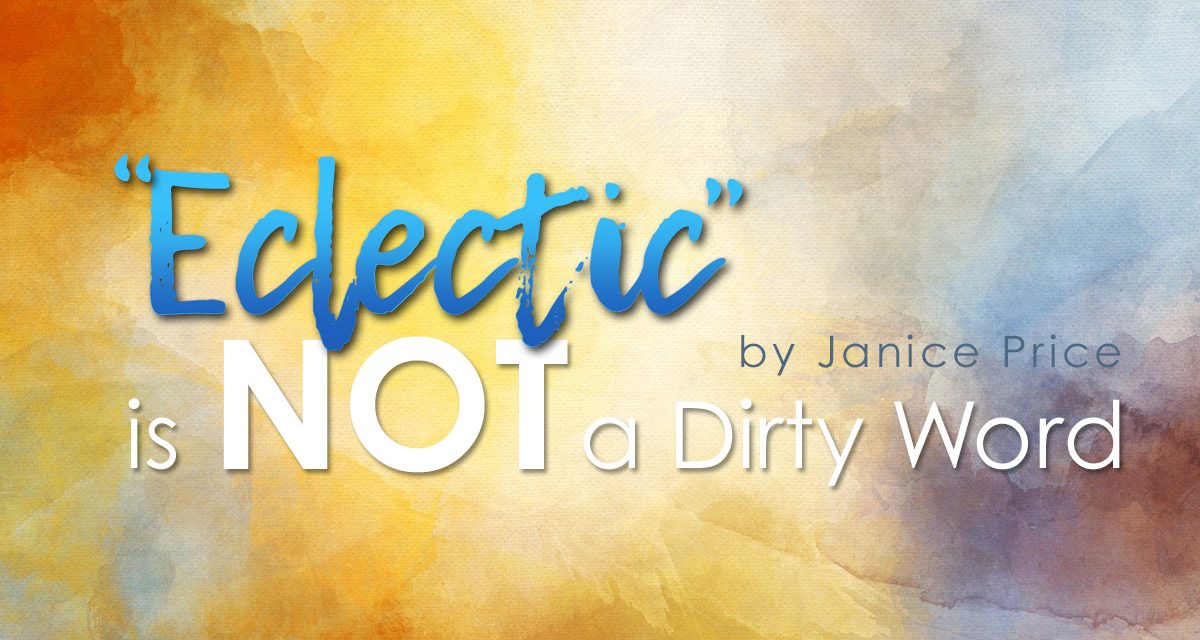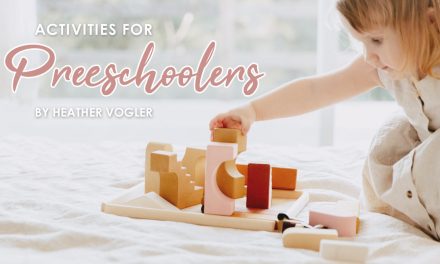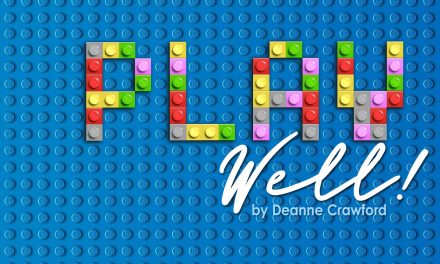Charlotte Mason. Classical. Unit Studies. Unschooling. People “own” these labels and wear them proudly, eager to tell us they are following so and so and/or looking for curriculum in such or such a model. Usually, that ownership is the result of some research, some stumbling onto certain websites, some conversation with friends, and/or some convention speakers. There has been a “marriage” of educational philosophy/methodology with what a mom or dad has always thought and felt about how children learn. It becomes a continuation of the ways in which they have taught their children through all those early-learning years. There is nothing wrong with this. In fact, it’s exactly what we encourage new homeschoolers to do in our Choosing Curriculum the F-A-M-I-L-Y Way video. The “A” in F-A-M-I-L-Y stands for the various approaches to education/homeschooling. It really helps in selecting curriculum to have an idea of which approach resonates with you. The flip side of this, however, is the idea that you MUST wear a label—the assumption that you have to embrace one of these paths and then stick fairly close to it. This can sometimes result it trying to “wear” curriculum that is just not a good fit for your child or for you.
This is an appropriate time to dust off the old term “eclectic” and embrace the idea that it is OK to make curriculum selections from the various camps if it serves your purpose. The dictionary defines “eclectic” as deriving ideas, style, or taste from a broad and diverse range of sources. In today’s world of homeschooling this means that you can pick and choose from a wide array of quality curriculum products developed within all the various approaches. You can embrace a classical approach to history (i.e. Story of the World or Classical Historian); a Charlotte Mason approach to science (Apologia Elementary Science or the Discovering Nature series); a traditional approach to math (Horizons or Saxon). You might even discover your son has learned computer programming all on his own by tinkering (Unschooling). In short, there are no rules that say you have to declare an approach and then follow it. There are no rules that say you can’t mix that with this.
Sometimes Eclectic seems a bit like an orphaned cousin. After all, there is no central figure or well-known speaker who has carefully laid out the various aspects of the approach or given guidelines on what to look for in terms of curriculum. You might even be inclined to think that Eclectic has something in common with leftovers. Doesn’t an “Eclectic” just go along gleaning a bit here and a bit there? But, there’s another way to look it…
In the chart below, you can see that the four squares represent More Structure/More Parent Involvement (upper left); Less Structure/More Parent Involvement (upper right); More Structure/Less Parent Involvement (lower left); and Less Structure/Less Parent Involvement (lower right). You can see where the various approaches to homeschooling fit in terms of these two factors. “Eclectic” is the beautiful center of this chart. This location highlights that Eclectics have the freedom to choose the best of each section, what will work best for you or for your student, to choose the strongest and best of the curriculum products associated with the various approaches.
So, wear it proudly. Shout it out, if you will: “I am an Eclectic!” Rest in the knowledge that you don’t necessarily have to jump on the latest CM or Classical bandwagon. Rejoice in the fact that we live in amazing and wonderful homeschooling times when user-friendly and ability-appropriate curriculum products are being developed from all the homeschooling methodologies. And you, the Eclectic, can choose! ~ Janice
For more help, download the FAMILY Factors Handout!
And the FAMILY Way Worksheet!






